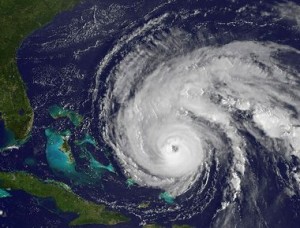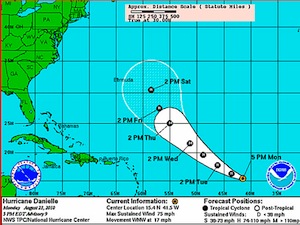USA Today completed an analysis demonstrating that insurance markets in the states most vulnerable to natural disasters are on dangerously shaky ground. More than half of our states have state-sponsored insurance plans, dating back to the 1970’s when private insurers stopped underwriting properties in high-risk areas, such as inner cities. After Hurricane Katrina inflicted unprecedented losses in 2005, private insurers reduced their market exposure in the affected states. Abandoned policyholders then fell into the state plans, which began to assume unprecedented liabilities. Since Katrina struck in 2005, the value of property covered under the eight coastal state insurance plans from North Carolina to Texas has doubled from $316 billion to $632 billion. But while private companies are required to maintain reserves sufficient to pay expected losses, the states exempt their own plans from such laws. The result is that the state plans have inadequate reinsurance (third-party capital to backstop their risks) and unfunded liabilities. The eight coastal state plans from North Carolina to Texas have only $6 billion in cash reserves and $11 billion in reinsurance coverage. Should a major hurricane strike, the state plans would have to raise assessments, which are effectively taxes on private policyholders to subsidize the policyholders in the state plans. But even under the most aggressive assumptions, the assessments would not be sufficient to pay claims.
Consider that Citizens Property Insurance, Florida’s state plan, reported that it insures property worth $433 billion. For losses in excess of $15 billion, it would have to levy assessments against state residents carrying any type of policy, from auto to liability insurance, that add 16% to the costs of their premiums, which are already quite high. Texas isn’t in much better shape. Its state plan insures property worth $73 billion along the Gulf Coast (remember, that is just a tiny geographic sliver covering Galveston), but has only $150 million in cash and no reinsurance. Surcharges can generate an additional $2.5 billion to pay claims, but that is it. Last week, I blogged about the temporary extension of the National Flood Insurance Program, which had expired three times this year. Our liabilities are simply too massive for us to continue this self-deception. We must stop the short-term fixes, Band-Aids and wishful thinking and start serious planning for our financial future.






